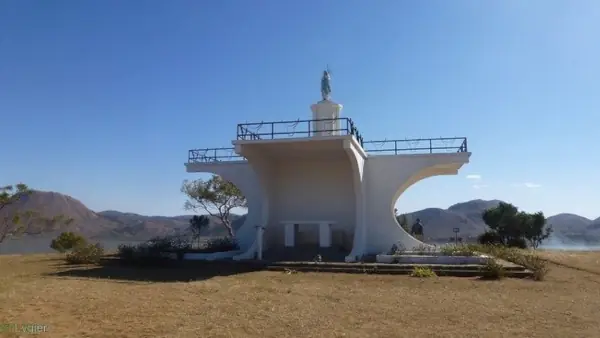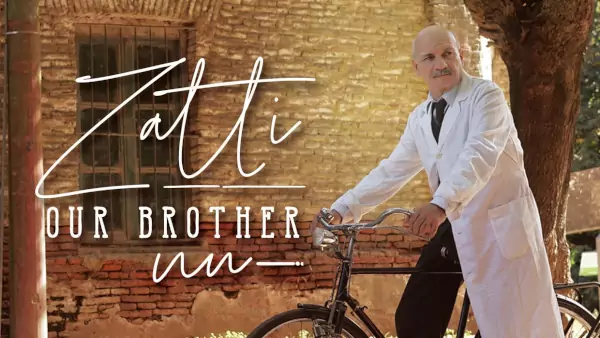30th September - Jerome is born in Stridon, on the border between Pannonia and Dalmatia (in present-day Slovenia or Croatia), in the middle of the 4th century. His parents are Christians and from a well-to-do background, they own an estate. In accordance with the customs of the time, he was not baptised but was registered as a catechumen. He left for Rome at the age of twelve to continue his studies.
He was accompanied by his friend Bonosus and made friends in Rome with Rufino of Aquileia and Heliodorus of Altino. He studied grammar, astronomy and pagan literature with Ælius Donat, including Virgil and Cicero, and frequented the theatre and the Roman circus. Around the age of sixteen he took courses in rhetoric and philosophy from a rhetorician, as well as Greek. He requested baptism around 366. After a few years in Rome, he went with Bonosus to Gaul around 367, and settled in Trier. It was there that he began his theological journey. He then spent some time with Rufin and Chromace of Aquileia in a cenobitic community. Some of his Christian friends accompanied him when he set off, around 373, to go to the north of Syria. In Antioch, Jerome fell ill several times. During one of these illnesses (winter 373-374), he had a dream that distracted him from secular studies and committed him to devoting himself to God. In this dream, he is reproached for being "Ciceronian, not Christian". As a result of this dream, he seems to have renounced secular studies and immersed himself in the study of the Bible.
Desiring intensely to live as an ascetic and do penance, Jerome settled in 375 in the Chalcis desert of Syria, south-west of Antioch. He took advantage of this time to learn Hebrew with the help of a Jew. On his return to Antioch, in 378 or 379, he was ordained by Bishop Paulin. Shortly after, he left for Constantinople to continue his studies of the Scriptures under the aegis of Gregory of Nazianzus. In 382, he returned to Rome for three years. Jerome, who spoke both Greek and Latin, made himself indispensable to Pope Damascus I through his translations and his knowledge of the Bible. At the private request of Pope Damascus, he also sought to take charge of the revision of the text of the Latin Bible, based on the Greek New Testament and the Greek traditions of the Septuagint.
In August 385, he returned to Antioch, accompanied by his brother Paulinianus and some friends. He was followed shortly afterwards by Paula and Eustochium. The pilgrims visited Jerusalem, Bethlehem and the holy places of Galilee. In the winter of 385-386, Jerome and Paula set off for Egypt, as this was the cradle of the great models of ascetic life. In 386, he returned to Bethlehem, where he settled and founded a community of ascetics and scholars. He built and developed his monastery there for three years thanks to the means provided by Paula. Paula leads the women's monastery and Jerome leads the men's monastery, but he gives spiritual guidance to both men and women through explanations of the Scriptures. Jerome died on September 30, 420 and his remains were first buried in Jerusalem and then reportedly transferred to the Basilica of Santa Maria Maggiore, one of the four great basilicas of Rome.








